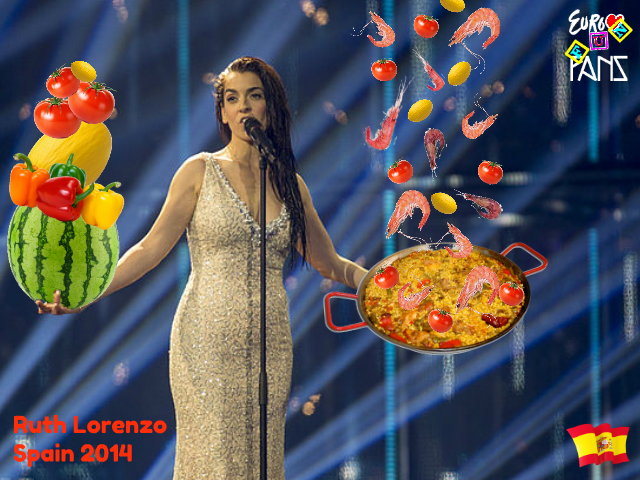Cologne
L’Eurovision Jeunes Musiciens 2016 sera la 18e édition du concours Eurovision Jeunes Musiciens.
Les candidats représentant chaque participant de l'Union européenne de radiodiffusion (UER)
Le Concours aura lieu le 3 Septembre 2016, à Cologne, Allemagne.
Pour une deuxième fois consécutive, le radiodiffuseur public allemand Westdeutscher Rundfunk (WDR) sera le diffuseur hôte de l'événement. Les candidats seront accompagnés par l'Orchestre symphonique de la WDR.
Les pays suivants ont exprimé leur intérêt pour une participation au concours 2016.
Le stade des demi finale du concours d’élimination devait être de retour cette année, mais à finalement été annulé à cause du faible nombre de participants.
Cette année, seuls 11 pays participeront au concours, égalant le nombre de pays qui ont participé en 1992.
San Marino fera ses débuts à l'Eurovision Jeunes Musiciens. La Grèce, Moldova, Pays-Bas et le Portugal se sont retirés de la compétition de cette année.
Une chose exceptionnelle pour un évènement de ce genre, il n'y a pas de ticket à la vente.
L'entrée pour l'Eurovision Young Musicians est totalement gratuite.
Eurovision Young Musicians 2016 will be the 18th edition of the Eurovision Young Musicians.
Candidates representing each participant of the European Broadcasting Union (EBU)
The contest will be held September 3, 2016, in Cologne, Germany.
For the second consecutive time, the German public broadcaster WDR (WDR) will be the host broadcaster of the event. The candidates will be accompanied by the Symphony Orchestra of the WDR.
The following countries have expressed interest in participating in the contest in 2016.
The stadium semi final elimination contest was to be back this year, but finally canceled because of the low number of participants.
This year, only 11 countries will participate in the competition, equaling the number of countries that participated in 1992.
San Marino will debut at Eurovision Young Musicians. Greece, Moldova, Netherlands and Portugal have withdrawn from the competition this year.
An exceptional thing for an event like this, there is no ticket sale.
The entry for the Eurovision Young Musicians is free.
Autriche - Austria
Dominik Wagner, violoncelliste représentera l'Autriche au prochain Concour Eurovision Young musicians à Cologne.
Dominik Wagner, cellist represent Austria at Eurovision next Concour Young musicians in Cologne.
Croatie - Croatia
Marko Martinovic représentera la Croatie
Marko Martinovic represent Croatia
Allemagne - Germany
C'est Raul Maria Dignola qui représentera l'Allemagne au prochain concours "Eurovision Young Musicians" à Cologne.
This is Raul Maria Dignola who will represent Germany in the next competition "Eurovision Young Musicians" in Cologne.
Hongrie - Hungary
Jakab Roland Attila, violoniste, représentera la Hongrie.
Attila Jakab Roland, violinist, will represent Hungary.
Norvège - Norway
Ludvig Gudim, violoniste représentera la Norvège.
Ludvig Gudim violinist represent Norway.
Malte - Malta
C'est Dmitry Ishkhanov qui représentera Malte au prochain concours "Eurovision Young Musicians" à Cologne.
That's Dmitry Shishkhanov to represent Malta in the next competition "Eurovision Young Musicians" in Cologne.
Pologne - Poland
Lukasz Dyczko, saxophoniste représentera la Pologne.
Lukasz Dyczko, saxophonist represent Poland.
Saint Marin - San Marino
C'est le jeune francesco Stefanelli, violoncelliste, qui représentera son pays.
It is the young francesco Stefanelli, cellist, representing his country.
Slovénie - Slovenia
C'est Zala Vidic, violoncelliste qui représentera son pays au prochain Concours à Cologne.
It's Zala Vidic, cellist representing his country at the next contest in Cologne.
Suède - Sweden
Elio Nordqvist, guitariste, représentera la Norvège à Cologne.
Eliot Nordqvist, guitarist, will represent Norway in Cologne.




















































